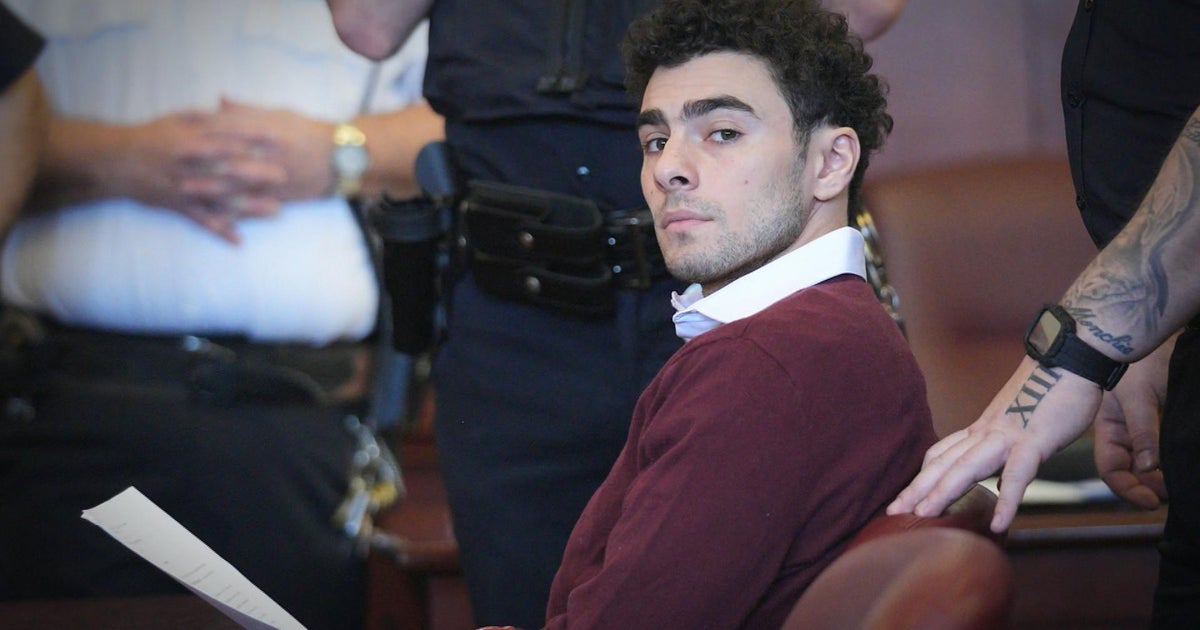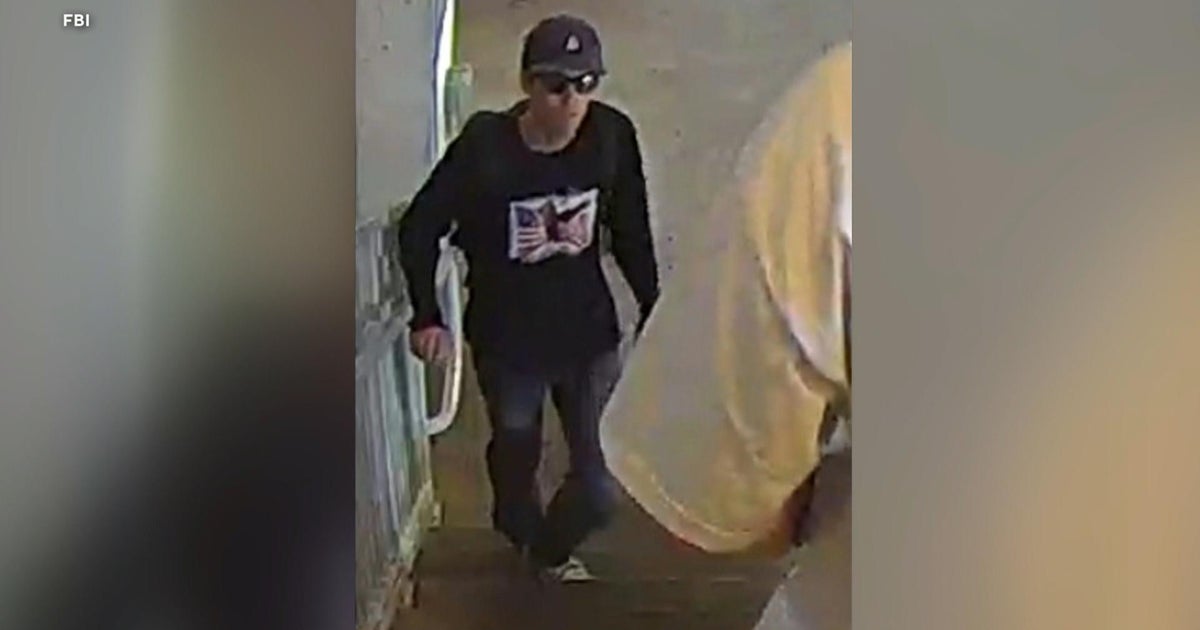Standing tall on the horizon, Highclere Castle cuts an extraordinary figure when you see it in real life. An architectural wonder sitting at the heart of 430 hectares of historic British countryside, it has been the silent co-star of Downton Abbey for six seasons of television – a total of 52 episodes – and now three feature films.
As the last of those – Downton Abbey: The Grand Finale – takes its bow, the audience is facing an unthinkable moment: saying goodbye to a beloved franchise that has, at its peak, been seen by more than 120 million people globally, and drawn in about $US300 million in box office revenue.

Tiaras at ten paces … Lady Mary (Michelle Dockery), the Earl of Grantham (Hugh Bonneville), Lady Petersfield (Joely Richardson) and the Countess of Grantham (Elizabeth McGovern).Credit: Focus Features
Behind the numbers is the story of a family, headed by Robert Crawley, the 5th Earl of Grantham (Hugh Bonneville), a patriarchal figure noted for his kindness and generosity. Contrasting him to patriarchal pop figures of the past such as ’80s bad guy J.R. Ewing, it’s difficult to know if he’s a reflection of our era or a reaction to it.
Around him is a tapestry of personalities who have populated the world’s biggest period soap: Lady Mary (Michelle Dockery), Mr Bates (Brendan Coyle), Cora Crawley (Elizabeth McGovern), Thomas Barrow (Robert James-Collier) and, of course, the matriarchal Dowager Duchess (Maggie Smith).
Saying goodbye is tough. Getting it right is tougher. In an era where ownership of culture is debated – are, for example, franchise film ticket buyers customers or shareholders? – it’s difficult to know where your priorities lay. For Simon Curtis, director of Downton Abbey: The Grand Finale, his focus is the script and its characters.
Creatively, it’s a complex tapestry. The series was conceived by Carnival Films chief executive Gareth Neame, who pitched it to Gosford Park screenwriter Julian Fellowes as “an Edwardian-era TV drama set in a country house”. Then, as the hit television series morphed into a movie franchise, there are also the actors, many of whom have inhabited their roles for some 15 years, to consider.

Filming Downton Abbey: The Grand Finale on location at Highclere Castle in Hampshire, England.Credit: Focus Features
“It’s a dialogue,” Curtis explains. “There are various versions of [the script], rewrites and so on. And you have to take on board the fact that this cast have owned those characters for over a decade, so their views are very important, and [you] collectively try and make the best film you can.”
But to understand the end of Downton Abbey, we must dial the clock back to the beginning. It was a time, in British television, where period dramas were staid, serious and tightly knotted into their bodices. Though Downton Abbey has no shortage of stiff upper lips, it was also a very intimate and personal drama, which more overly intended to make observations about our era as its own.
“In the years leading up to Downton Abbey [other period programs] had tended to be adaptations of Victoriana with, you know, all of the joys of that, but all the limitations,” Neame says. “We approached it as though it were a contemporary show.”
So, it’s a period soap? “If a soap opera is about a group of characters who inhabit one environment and how they all interact, then Downton Abbey is, in terms of dramatic form, a soap opera,” Neame says. “Post-Downton, there are now lots of other examples, and I’m sure in many other countries as well in other languages, of this kind of storytelling. It is hard to imagine Bridgerton being made had Downton not been made before it.

A day at the races: Lady Edith (Laura Carmichael), Bertie Hexham (Harry Hadden-Paton), the Countess of Grantham (Elizabeth McGovern), the Earl of Grantham (Hugh Bonneville) and Lady Mary (Michelle Dockery).Credit: Focus Features
“I think it somewhat changed the genre into something that is relatable and contemporary and not, here we are doing that Jane Austen again, which was last done five or seven years ago, now we’re doing it again,” Neame adds. “Downton Abbey has made things more original.”
As for the house itself, in many ways Downton Abbey – the building – is number one on the call sheet. Back when it was just a humble television series on the eve of launching, Fellowes described the house to me in this way: “It’s outlined against the sky. It’s very startling, and it makes this fantastic statement about aristocratic confidence when it was built – the people who were building it weren’t in any quandary about what their role in the world was.”

A formidable presence: Dame Maggie Smith as Violet, the Dowager Countess of Grantham, in Downton Abbey.Credit: Carnival Films
In that sense, Downton Abbey – or, as it is known in real life, Highclere Castle – fulfils two roles in the story. It provides a historically significant setting, accurately reflecting the physical world the characters inhabit. But it also offers a modern audience a unique prism through which to understand what that world was like, how much it has changed, and, in terms of its sense of itself, how much it has diminished since.
Most of Britain’s period dramas, “the sort of Austen-esque shows and their contemporaries”, says Neame – were set in the 19th century, which meant much of the accompanying architecture had tended to be Regency, Georgian or Queen Anne in design. Fellowes, who had tried to use Highclere as the filming location for his film Gosford Park and his adaptation of Little Lord Fauntleroy but failed, wanted Downton Abbey to make a statement.
“Highclere Castle’s architecture, as Julian said to you all those years ago, is representing the high point of the British Empire and the British aristocracy at its absolute apogee,” Neame says. “That of course couldn’t be more inverted from the way we live now, and I can’t put it better than Julian [in that] it was built by people who didn’t have any doubt about their place in the world. It’s magisterial.”

We’ll meet again … in the sequel? Lady Mary (Michelle Dockery) and Lady Edith (Laura Carmichael) in Downton Abbey: The Grand Finale.Credit: Focus Features
Filming on the third and final movie took place last year, between May and August. Tracking it emotionally was a peculiar process. “It’s a strange thing when you’ve got this number of actors … some have many, many days on the set and some have very few and some finish their job halfway through,” Curtis says. “It’s not like a play where everyone finishes at the same time, but it’s quite clear that, in that line from The West Wing, this job is going to be the first line in all their obituaries, and it’s a very important part of their lives.”
Loading
The last word on that might belong to the Dowager Duchess who, among her many great lines, once said: “A lack of compassion can be as vulgar as an excess of tears.” Which means, among other things, don’t be too quick to cry for Downton Abbey, because the end of one thing may well turn out to be the beginning of something else.
And it is also true that, at this point, even though filming has concluded, Downton Abbey is still not quite over. “The actors can all say goodbye on the last day on the set and go, but we’re in the editing room, and then we’re doing the sound, the music, and then we’re doing the marketing campaign,” Neame says.
“[Violet’s] fantastic quote is about being conscious of these things, that you can’t lack sentiment, but you can’t wallow in it,” Neame adds. “It’s about trying to find some of that middle. [Sentiment] is one of the things that’s travelled, made Downton universal, but I think Julian’s instincts as a writer are to tread carefully around things like that. Hopefully we have a healthy, careful balance of that sort of thing.”
As for a sequel, which I think we can all agree is inevitable, I tested the waters in a separate conversation with one of the show’s stars, actress Michelle Dockery, who plays the indefatigable Lady Mary – the natural successor to Smith’s formidable Dowager Duchess – and got a tentative yes.
“We see so much of it, and I think if people love something, there’s often a return to it at some point,” Dockery said. “So it wouldn’t surprise me if someone came knocking on that door again. We’ll see. But that’s all in Julian’s hands really. He holds the key.”
Anyone want a bet on Downton: The Next Generation? “Never say never,” Neame says.
Downton Abbey: The Grand Finale is released in cinemas on September 11.
Most Viewed in Culture
Loading


















































